In the context that the whole country is implementing the goal of sustainable poverty reduction in a multidimensional, inclusive direction and limiting re-poverty, strengthening grassroots communication - both in content and method - has become one of the key tasks of the National Target Program on Sustainable Poverty Reduction for the 2021-2025 period.
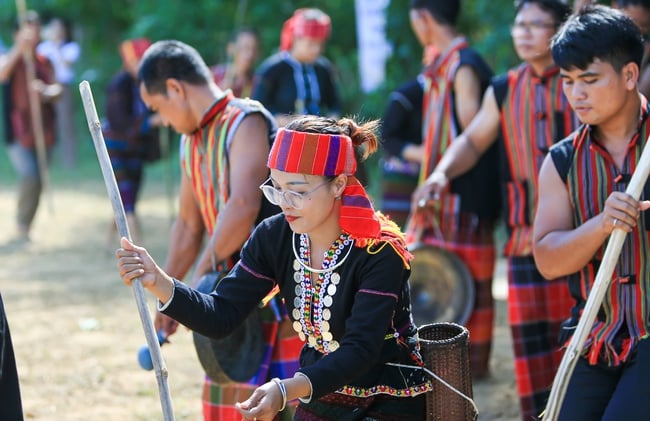
These positive results contribute significantly to the common goals of the Party and State (Photo: bvhttdl)
Implementing the direction of the Central Government, ministries, branches and localities have proactively deployed many diverse communication solutions, from direct propaganda to digital platform applications. The Ministry of Information and Communications coordinated with localities to upgrade the grassroots broadcasting system, support particularly disadvantaged communes to build community electronic information clusters, helping people access information on social security policies quickly and accurately.
In many northern mountainous provinces, smart broadcasting systems have been put into operation in highland communes. Bilingual Vietnamese-Mong and Vietnamese-Dao radio programs help ethnic minorities better understand policies to support production land, preferential loans, vocational training and new economic models. Instead of "listening to loudspeakers", people have had the opportunity to access specific information, thereby boldly changing production methods, proactively participating in cooperatives or converting crops to suit the local climate.
In the Central and Central Highlands, many localities have implemented the model of "community communication groups", mobilizing village elders, village chiefs, and religious dignitaries to participate in policy propaganda. This is a prestigious force, playing an important role as a bridge between the government and the people. Integrating poverty reduction communication into cultural festivals, community activities, and great solidarity days creates closeness and ease of acceptance, especially for ethnic minorities.
In the Southwest region, where many Khmer people live, communication activities are carried out in a bilingual Khmer-Vietnamese manner, combining radio, mobile speakers, posters and communication at pagodas. The content focuses on instructions for high-quality rice production, aquaculture techniques, agricultural product consumption linkages, housing, health and education support policies. Thanks to full access to information, many households have proactively built effective livelihood models, gradually reducing their dependence on state support.
In addition to direct communication, digital transformation applications are considered a breakthrough in poverty reduction communication work. Many localities have built electronic information pages for communes and wards, community Zalo groups, and policy guidance fanpages, helping people easily look up records, track loan procedures, or register for vocational training classes. These digital platforms contribute to information transparency, limit the situation of "knowing wrong, hearing rumors", and help people accurately grasp their rights and obligations.
Another highlight of recent media activities is the arousal of the spirit of self-reliance, self-improvement and the sense of rising up of the people. Through reports, television and press columns, many stories have been spread about examples of people escaping poverty through will and personal efforts, such as the garden economic model of ethnic minority youth in Gia Lai, the flower growing cooperative of poor women in Bac Kan, or the swallow raising model of near-poor households in Kien Giang. Real stories, real people have strongly impacted and encouraged many poor households to change their thinking and way of doing.
At the same time, the movement “For the poor – No one left behind” continues to be widely deployed, attracting the participation of businesses, organizations and individuals across the country. Communicating about kind hearts and models of “communities helping each other escape poverty” not only spreads the spirit of mutual love, but also contributes to creating a sustainable support network for the poor in many regions.
It can be seen that the media has become one of the “soft pillars” of poverty reduction. When people understand and grasp policies correctly, they will be more proactive in receiving support, implementing livelihood models and preventing the risk of falling back into poverty. These positive results contribute significantly to the common goal of the Party and the State: building a sustainable and inclusive society, in which all people have the opportunity to rise up and integrate into the country's development process.
Source: https://bvhttdl.gov.vn/day-manh-truyen-thong-nang-cao-nhan-thuc-cua-nguoi-dan-ve-giam-ngheo-da-chieu-tren-pham-vi-ca-nuoc-20251115142244937.htm




![[Photo] Panorama of the 2025 Community Action Awards Final Round](https://vphoto.vietnam.vn/thumb/1200x675/vietnam/resource/IMAGE/2025/11/15/1763206932975_chi-7868-jpg.webp)

![[Photo] Prime Minister Pham Minh Chinh meets with representatives of outstanding teachers](https://vphoto.vietnam.vn/thumb/1200x675/vietnam/resource/IMAGE/2025/11/15/1763215934276_dsc-0578-jpg.webp)
![[Photo] General Secretary To Lam receives Vice President of Luxshare-ICT Group (China)](https://vphoto.vietnam.vn/thumb/1200x675/vietnam/resource/IMAGE/2025/11/15/1763211137119_a1-bnd-7809-8939-jpg.webp)


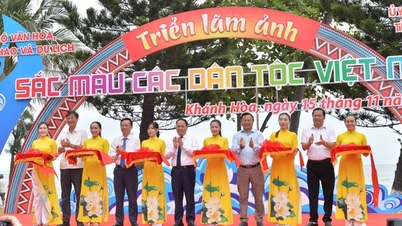

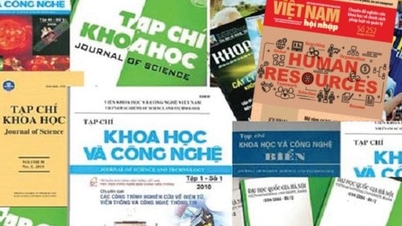
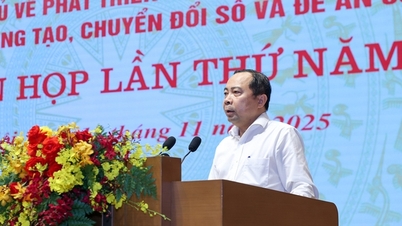





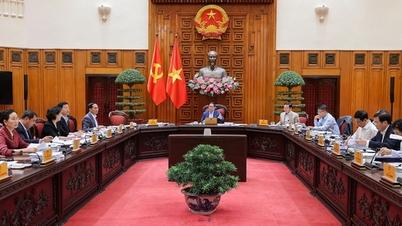










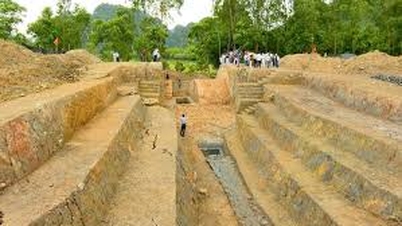

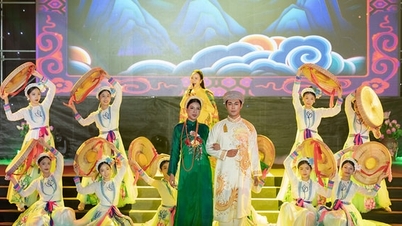

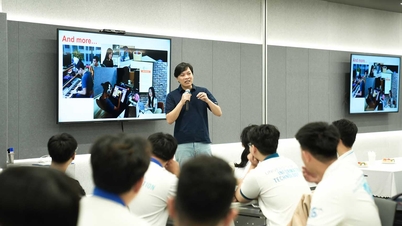




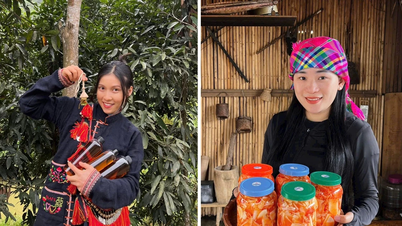
























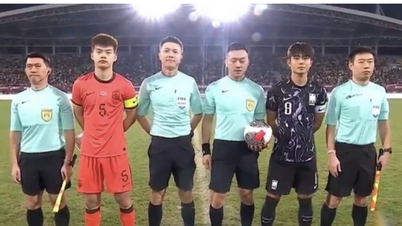




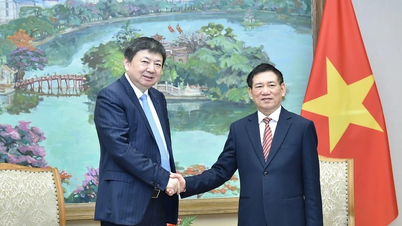


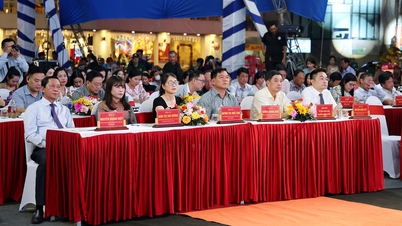



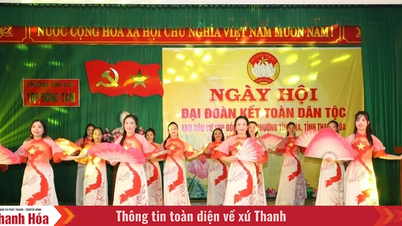



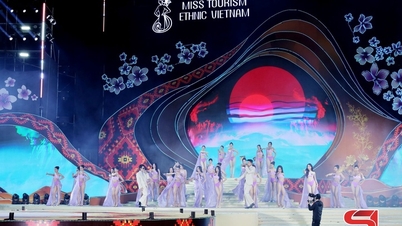













Comment (0)